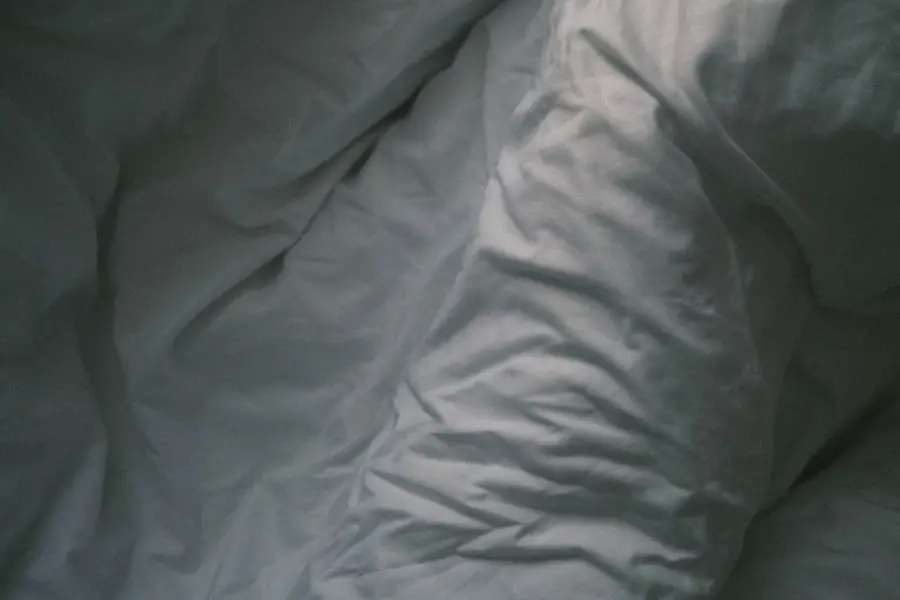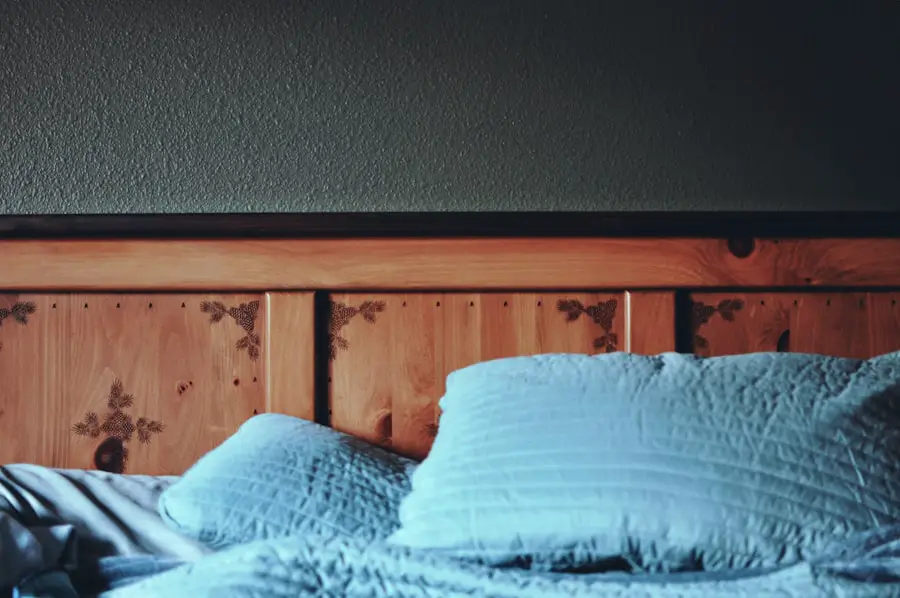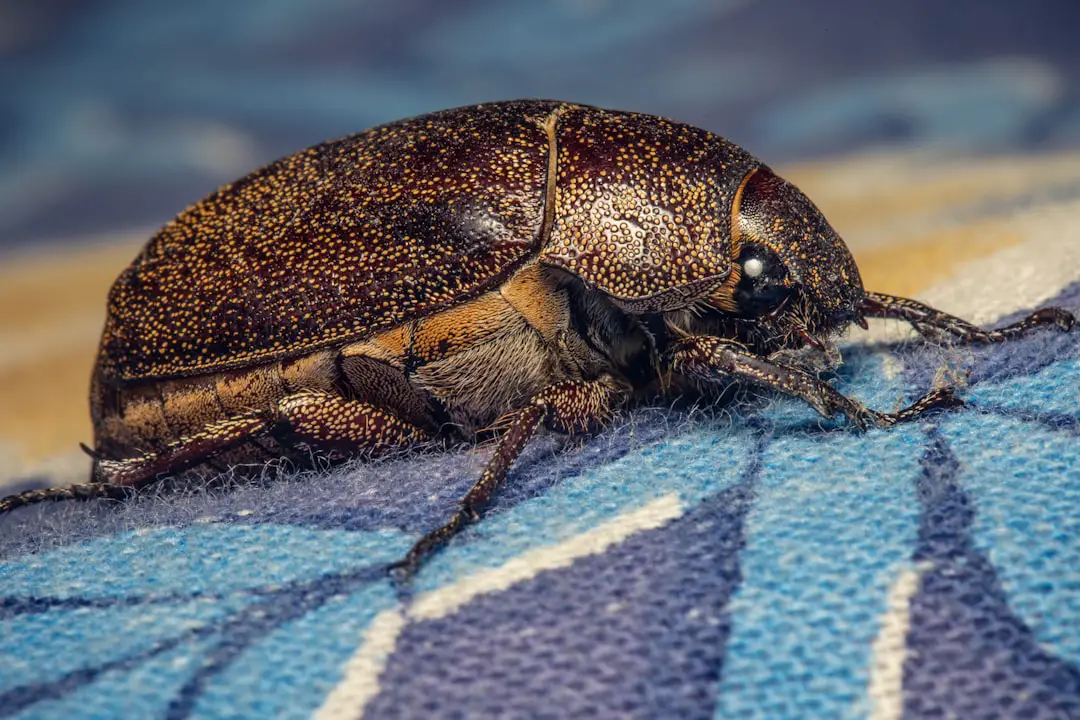Bed bugs, scientifically known as Cimex lectularius, are small, nocturnal insects that feed on the blood of humans and other warm-blooded animals. Their resurgence in recent years has been attributed to increased international travel, changes in pest control practices, and the rise of second-hand furniture markets. These pests are particularly notorious for their ability to hide in tiny crevices, making them difficult to detect until an infestation has already taken hold.
Bed bugs are not known to transmit diseases, but their bites can lead to significant discomfort, anxiety, and sleepless nights. The threat posed by bed bugs extends beyond mere physical discomfort. The psychological impact of an infestation can be profound, leading to stress and embarrassment for those affected.
Moreover, the stigma associated with bed bugs can affect social interactions and even professional relationships. Understanding the biology and behavior of bed bugs is crucial for effective prevention and control. They reproduce quickly, with a single female capable of laying hundreds of eggs in her lifetime.
This rapid reproduction means that what starts as a small problem can escalate into a full-blown infestation in a matter of weeks.
Key Takeaways
- Bed bugs are small, reddish-brown insects that feed on human blood and can be found in hotels, homes, and other places where people live and sleep.
- Travelers should take precautionary measures such as inspecting hotel rooms for signs of bed bugs and keeping luggage off the floor and bed.
- When inspecting a hotel room for bed bugs, travelers should check the mattress, headboard, and other furniture for signs of infestation such as live bugs, eggs, or dark spots.
- Signs of bed bug infestation include itchy red welts on the skin, blood stains on sheets, and a musty odor in the room.
- If bed bugs are found in a hotel room, travelers should notify hotel management immediately and request a new room or a refund.
Precautionary Measures for Travelers
Travelers are particularly vulnerable to bed bug infestations due to the transient nature of hotels and motels, where these pests can easily hitch a ride on luggage or clothing. To mitigate the risk of encountering bed bugs while traveling, it is essential to adopt a proactive approach. One of the most effective precautionary measures is to research accommodations before booking.
Websites that specialize in hotel reviews often provide insights into past infestations, allowing travelers to make informed decisions. When packing for a trip, consider using protective luggage encasements designed to prevent bed bugs from entering your belongings. These encasements can be particularly useful when staying in hotels with a history of infestations.
Additionally, it is advisable to keep your luggage elevated off the floor and away from the bed during your stay. Placing bags on luggage racks or hard surfaces can reduce the likelihood of bed bugs crawling into your belongings. Furthermore, travelers should avoid unpacking their clothes into hotel drawers, as these areas can harbor hidden pests.
How to Inspect Your Hotel Room for Bed Bugs

Upon entering a hotel room, conducting a thorough inspection for bed bugs is crucial before settling in. Start by examining the bed itself, as this is where bed bugs are most likely to be found. Carefully pull back the sheets and check the seams of the mattress and box spring for any signs of bed bugs or their excrement, which appears as small dark spots.
It is also wise to inspect the headboard and any nearby furniture, as bed bugs can easily hide in these areas. In addition to checking the bed, pay attention to other potential hiding spots within the room. Look behind picture frames, inside nightstands, and along baseboards for any signs of infestation.
If you notice any unusual odors or see small shed skins, these could indicate a larger problem. It is essential to be thorough during this inspection process; even a small oversight could lead to an infestation that disrupts your travel plans.
Signs of Bed Bug Infestation
| Signs of Bed Bug Infestation | Description |
|---|---|
| Blood stains on sheets or pillowcases | Small blood spots from crushed bed bugs |
| Dark or rusty spots of bedbug excrement on sheets and mattresses | Small dark spots that may bleed on fabric like a marker |
| Eggshells, bedbug skins, or tiny white eggs in crevices and cracks | Shed skins, egg shells, and eggs found in hiding places |
| Musty odor | Smell of bed bugs’ pheromones |
Recognizing the signs of a bed bug infestation is vital for early detection and effective management. The most obvious sign is the presence of bites on the skin, which often appear as small red welts in clusters or lines. These bites typically occur on exposed areas of the body while sleeping, such as arms, legs, and neck.
However, not everyone reacts to bed bug bites in the same way; some individuals may not exhibit any visible signs at all. In addition to bites, other indicators of a bed bug infestation include blood stains on sheets or pillowcases, which may occur when a bed bug is crushed after feeding. Dark spots on bedding or furniture—bed bug excrement—can also signal an infestation.
Furthermore, if you notice tiny white eggs or shed skins in your sleeping area, it is a strong indication that bed bugs are present. Being vigilant about these signs can help you address an infestation before it becomes unmanageable.
What to Do if You Find Bed Bugs in Your Hotel Room
Discovering bed bugs in your hotel room can be alarming and distressing. The first step is to remain calm and avoid panicking; there are effective measures you can take to address the situation. Immediately notify hotel management about your findings.
Most reputable hotels have protocols in place for dealing with bed bug infestations and will likely offer you a different room or even a refund for your stay. While waiting for assistance from hotel staff, it is crucial to minimize contact with your belongings. If possible, keep your luggage elevated and away from the infested area to prevent bed bugs from hitching a ride home with you.
Avoid placing any items on the bed or floor until you have received confirmation that you are being moved to a clean room. Documenting your findings with photographs can also be helpful if you need to file a complaint later.
How to Protect Your Belongings from Bed Bugs

Protecting your belongings from bed bugs while traveling requires diligence and foresight. One effective strategy is to use hard-sided luggage instead of soft-sided bags, as hard cases are more difficult for bed bugs to penetrate. Additionally, consider using vacuum-sealed bags for clothing and other items; these bags create an airtight seal that prevents pests from accessing your belongings.
When you arrive at your destination, keep your luggage off the floor and away from upholstered furniture. Utilize luggage racks whenever possible and store your clothes in sealed bags rather than drawers or closets where bed bugs may reside. If you suspect that your belongings may have come into contact with bed bugs during your travels, consider placing them in a dryer on high heat for at least 30 minutes upon returning home; this will kill any potential pests.
Tips for Preventing Bed Bug Infestations in Your Home
Preventing bed bug infestations at home requires vigilance and proactive measures. One of the most effective strategies is regular inspections of your living space, particularly in areas where you sleep or relax. Check mattresses, box springs, and upholstered furniture for signs of bed bugs or their droppings.
Additionally, be cautious when bringing second-hand items into your home; thoroughly inspect these items before introducing them into your living space. Another important preventive measure is maintaining cleanliness throughout your home. Regular vacuuming can help eliminate potential hiding spots for bed bugs while also removing any eggs or larvae that may have been brought in inadvertently.
Pay special attention to areas around beds and furniture edges where dust accumulates. Sealing cracks and crevices in walls and floors can also reduce potential entry points for these pests.
What to Look for in Hotel Reviews Regarding Bed Bugs
When researching hotels, paying attention to reviews specifically mentioning bed bugs can provide valuable insights into potential risks associated with a particular establishment. Look for keywords such as “bed bugs,” “infestation,” or “bites” within guest reviews; these terms often indicate previous issues with pests. Additionally, consider the overall rating of the hotel; establishments with consistently low ratings may be more prone to neglecting pest control measures.
It is also beneficial to check how management responds to complaints about bed bugs in reviews. A hotel that takes proactive steps to address infestations—such as promptly relocating guests or implementing pest control measures—demonstrates a commitment to guest safety and satisfaction. Conversely, if reviews indicate that management dismisses complaints or fails to take action, it may be wise to consider alternative accommodations.
Dealing with Bed Bug Bites
If you find yourself dealing with bed bug bites after an encounter with these pests, it is essential to manage symptoms effectively while minimizing further irritation. The first step is to avoid scratching the affected areas; this can lead to secondary infections and prolong healing time. Instead, consider applying over-the-counter antihistamines or hydrocortisone cream to alleviate itching and reduce inflammation.
In some cases, individuals may experience more severe allergic reactions to bed bug bites that require medical attention. If you notice excessive swelling, difficulty breathing, or other concerning symptoms, seek medical help immediately. Keeping track of when and where bites occur can also assist healthcare providers in determining appropriate treatment options.
Reporting Bed Bug Infestations to Hotel Management
Reporting a bed bug infestation to hotel management is not only essential for addressing your immediate concerns but also plays a crucial role in preventing future infestations for other guests. When notifying management about your findings, be clear and concise about what you observed—whether it was bites on your body or visible signs of bed bugs in your room. Most hotels have established protocols for handling such complaints; they may conduct their own inspections and take necessary actions such as pest control treatments or relocating affected guests.
Documenting your communication with management can be beneficial if further action is required later on.
Legal Rights and Recourse for Bed Bug Victims
Victims of bed bug infestations may have legal rights depending on local laws and regulations governing tenant rights and hospitality standards. In many jurisdictions, hotels are required to maintain a pest-free environment for their guests; failure to do so could result in liability for damages incurred due to an infestation. If you experience significant distress or financial loss due to a bed bug infestation during your stay at a hotel, it may be worthwhile to consult with legal counsel specializing in personal injury or tenant rights cases.
They can provide guidance on potential recourse options available based on the specifics of your situation and local laws governing hospitality standards. Understanding the complexities surrounding bed bug infestations—from prevention strategies while traveling to legal recourse—can empower individuals to take proactive measures against these persistent pests while ensuring their rights are protected should an issue arise during their travels.
When staying in a hotel, it’s important to check for bed bugs to ensure a comfortable and pest-free stay. One helpful article on this topic can be found at TakeTravelInfo. This article provides tips and techniques for identifying and preventing bed bug infestations in hotels, helping travelers stay vigilant and informed during their trips. By following these guidelines, travelers can protect themselves from potential bed bug encounters and enjoy a worry-free stay.
FAQs
What are bed bugs?
Bed bugs are small, reddish-brown insects that feed on the blood of humans and animals. They are typically found in bedding, mattresses, and furniture.
How do bed bugs spread?
Bed bugs can spread through infested furniture, luggage, and clothing. They can also move between rooms and units in hotels and other multi-unit buildings.
How do you check for bed bugs in a hotel room?
To check for bed bugs in a hotel room, start by inspecting the mattress, box spring, and headboard for signs of bed bug activity, such as live bugs, shed skins, and fecal spots. Use a flashlight to thoroughly examine seams, tufts, and crevices.
What should I do if I find bed bugs in my hotel room?
If you find bed bugs in your hotel room, notify the hotel staff immediately and request a different room. If you have already unpacked, place your luggage in the bathtub or on a luggage rack away from the bed while you inspect the new room.
Can I prevent bringing bed bugs home from a hotel?
To prevent bringing bed bugs home from a hotel, inspect your luggage and clothing before leaving the hotel. Wash and dry your clothing on the highest heat setting possible to kill any potential bed bugs. Consider using a bed bug-proof luggage liner or encasement for added protection.
